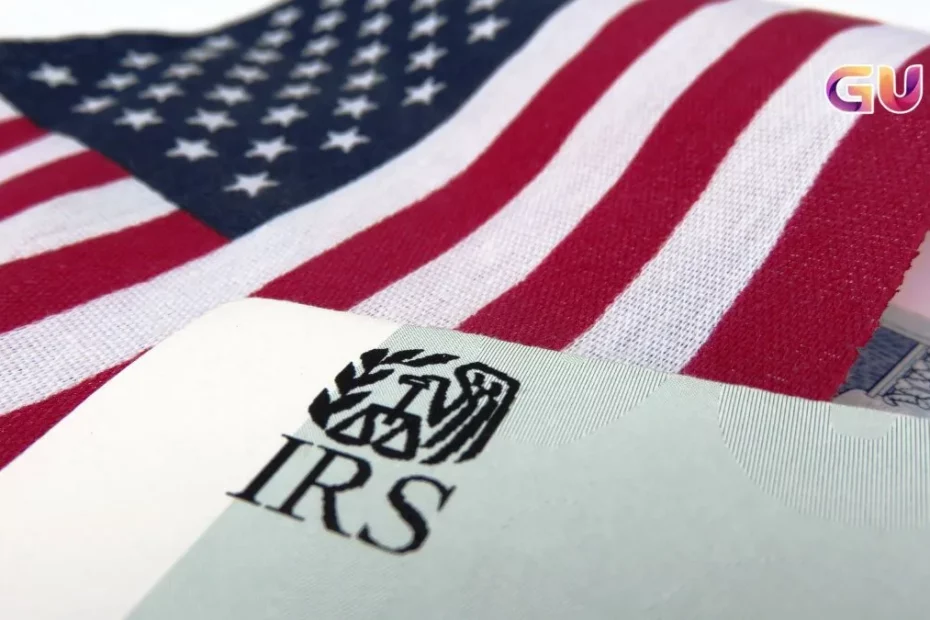IRS Tax Refunds Schedule 2025— Millions of Americans are receiving long-awaited tax refunds this June, with some getting as much as $3,000, according to the latest data from the Internal Revenue Service (IRS).
Whether you filed early or took advantage of extended deadlines due to weather-related disasters, here’s what you need to know about when your refund is coming—and how to track it.
Average Refund Nears $3,000 in 2025
The IRS reports the average refund this year is $2,939, slightly up from last year’s $2,869. Taxpayers who filed their returns in April or May—especially those who filed electronically and chose direct deposit—are now seeing payments hit their accounts.
As of now, the IRS has already issued over $274 billion in total refunds. For many households, this payout offers a much-needed financial boost.
When Will You Get Your Refund?
Refund delivery depends largely on when and how you filed:
Filed May 1–15 (E-file + Direct Deposit): Expect refunds between May 22 and June 4
Filed May 16–31 (E-file + Direct Deposit): Refunds arriving June 6 to June 19
Paper Filers: Allow extra time—your refund may not arrive until mid to late July
Those who chose to receive a mailed check can expect delays of about 1–2 weeks beyond direct deposit timeframes.
Extended Deadlines for Disaster-Affected States
If you live in California, Arkansas, Kentucky, or Tennessee, your tax deadline was pushed due to extreme weather events. California residents have until October 15, while others have until November 3 to file. However, if you filed earlier, your refund could still arrive this month.
How to Track Your Refund
To check your refund status, use the IRS’s “Where’s My Refund?” tool. You’ll need the following:
- Social Security Number or ITIN
- Filing status
- Exact refund amount
This tool will show whether your return has been received, approved, or sent.
Why Some Refunds Are Delayed
Several factors can delay refunds, including:
- Incomplete or inaccurate tax returns
- Filing a paper return instead of e-filing
- IRS staffing and budget constraints
- USPS mail delays for paper checks
To avoid delays in the future, the IRS recommends filing electronically and double-checking your banking details.
Penalties for Filing Late
If you haven’t filed yet, act fast. Failure to file can lead to a 5% monthly penalty on unpaid taxes, up to 25%. If you’re more than 60 days late, the minimum penalty equals either the tax due or $485, whichever is less.
What You Should Do Now
- Filed your return? Track it online using the IRS tool
- Haven’t filed? File ASAP to avoid penalties and claim your refund
- Filed via mail? Be patient—your refund could take up to 8 weeks
With millions of refunds already issued and more being processed each week, many Americans can expect their refund by the end of June, assuming no errors or delays.
